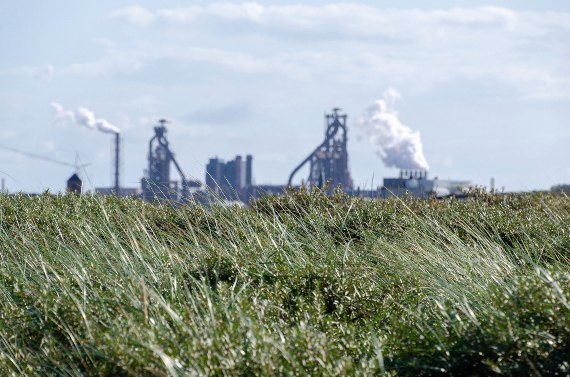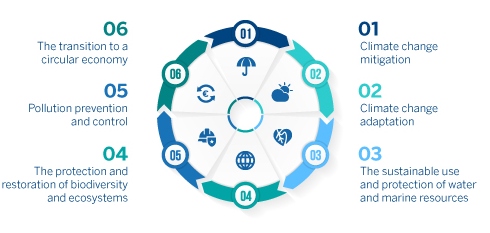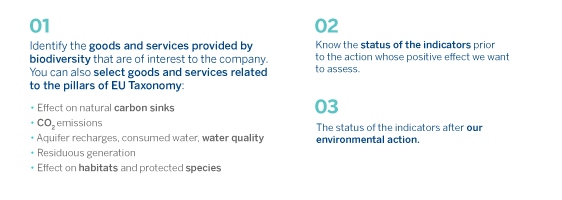Climate change´s degradation of ecosystems and its negative effects make it necessary to reformulate our development model. Aware of this, the European Commission is committed to making the economy more sustainable. The European Green Deal addresses different strategic lines for achieving this and one of them is redirecting investments towards sustainable projects. In order to do this it is necessary to have criteria that determine what is and what is not sustainable. European Taxonomy unites this criteria.
The European Taxonomy is a classification system for environmentally sustainable economic activities. This classification determines what is considered sustainable and what activities qualify. Thanks to this roadmap, investors will have more security when investing in sustainable activities. In addition, it will help companies plan their transition to an economy aligned with Europe’s goals by 2030.

Classification criteria for sustainable activities
In order to facilitate the classification of sustainable activities, the Taxonomy Regulation was published. It establishes six environmental objectives.

Based on these criteria, the Commission has drawn up a list of environmentally sustainable activities. The Sustainable Finance Technical Expert Group (TEG) decided to focus on activities that could contribute to mitigating or adapting to climate change. The list includes a series of sustainable activities and the selection criteria for contributions to climate mitigation that are not detrimental to the rest of the objectives. The list includes activities such as forest rehabilitation and restoration, including natural reforestation and regeneration after extreme events or the transport of goods by rail within the activities.

How to measure the positive impact on nature?
All the European Taxonomy´s sustainability objectives are related, in one way or another, to nature. If we measure the positive impact of our activity, we can identify our contribution to nature and to these objectives. To measure the positive impact of our projects we must follow these steps:

By using indicators and comparing the indicator before and after the project, we are able to measure the environmental benefit that we generate. But we can also go one step further: calculate the return on investment of these actions. With this analysis we increase the information we obtain from each project. We can learn how it contributes to ecosystems and its economic return for the company.
Thanks to analysis regarding the positive impact of your organization’s actions, you can demonstrate that your activity is sustainable and move away from greenwashing. You can also align yourself with the European Taxonomy´s objectives so that investments point towards you. In fact, some consultancies already have their own environmental assessment methodologies that can align you with the taxonomy.
Comments on this publication